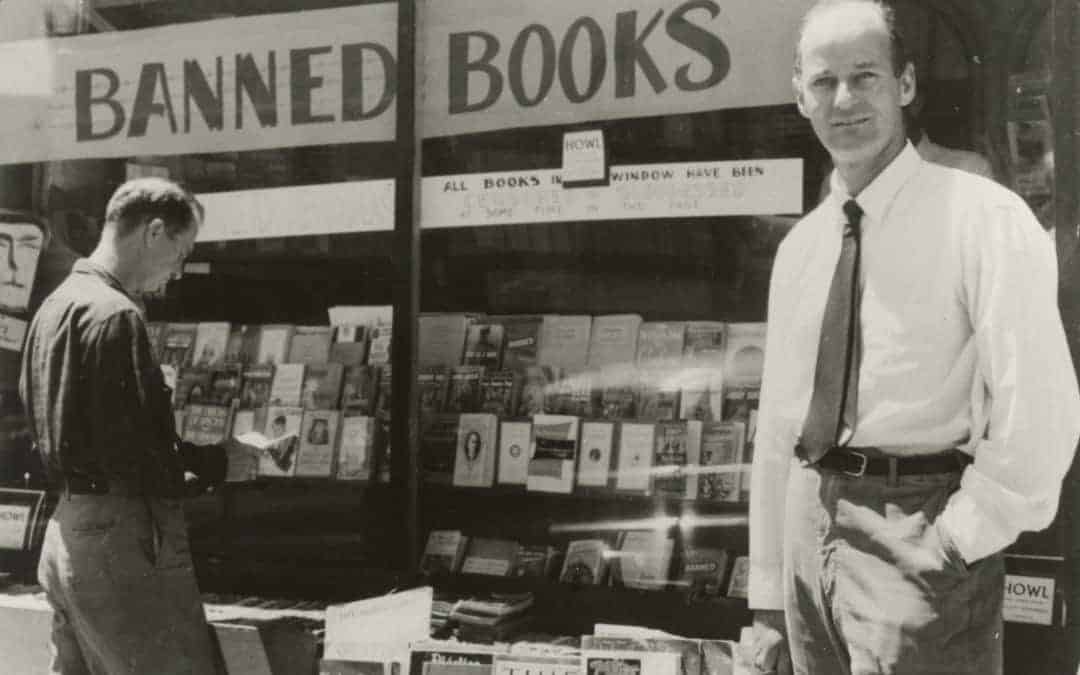Last week, we wrote about 10 books you won’t believe were banned. Unfortunately, the number of books that are or have been regularly banned in American schools is staggeringly high. So many books that are lauded as classics today were once banned. To get you in the reading spirit, here are 10 more books you won’t believe were banned:
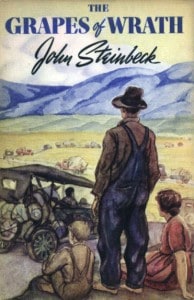 1) The Grapes of Wrath, by John Steinbeck
1) The Grapes of Wrath, by John Steinbeck
Set during the Great Depression, The Grapes of Wrath is a hard-hitting piece of realist fiction that deals with the Joad family’s hardships as they make their way to California. Due to drought and economic struggle in the Dust Bowl, the family seeks job opportunities and a better life out west. Steinbeck eventually won the Nobel Prize for Literature.
2) The Great Gatsby, by F. Scott Fitzgerald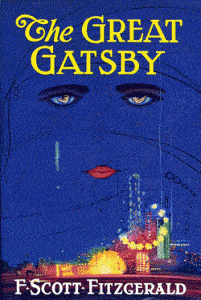
Now a staple of high school English classes, The Great Gatsby was once banned. Fitzgerald’s gorgeous prose tells the story of Gatsby, a man intent on creating the image of wealth and success in the hopes of winning the object of his admiration, Daisy. Set during the Roaring Twenties, The Great Gatsby explores themes of excess and idealism and is a notable critique of the American Dream.
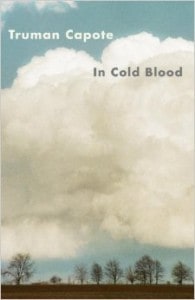 3) In Cold Blood, by Truman Capote
3) In Cold Blood, by Truman Capote
Truman Capote, the author of Breakfast at Tiffany’s, also wrote this nonfiction classic about four Kansas murders in 1959. In skillful prose, the book weaves together the stories of the victims, the murderers, and the residents of the town of Holcomb. It is one of the best-selling true crime nonfiction novels of all time.
4) The Jungle, by Upton Sinclair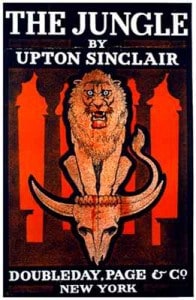
This novel by Upton Sinclair is a damning exposé of the meatpacking industry in Chicago. Though Sinclair’s chief purpose in writing the novel was to raise awareness of the exploitation and abuse of immigrant workers, many people were shocked by the grotesque descriptions of health violations in the meat-packing plants.
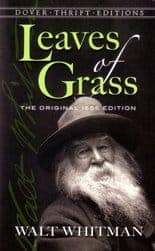 5) Leaves of Grass, by Walt Whitman
5) Leaves of Grass, by Walt Whitman
The greatest American poet, the father of American poetry, Walt Whitman ascended to his rightful place in literature in the years that followed the publication of Leaves of Grass. He revised the book throughout his lifetime, and the first edition as well as the “deathbed edition” are worth exploring. A study of the self, the soul, the democratic spirit, love, and brotherhood, Leaves of Grass is unmatched. Even if you don’t like poetry, read it. You’ll be surprised.
6) Moby-Dick, by Herman Melville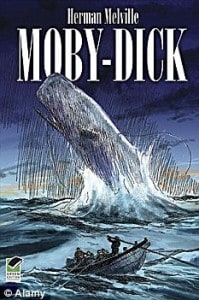
Melville’s classic tale of a man, Captain Ahab, who obsessively pursues a white whale was a commercial failure when it was published but has since come to be regarded as one of the greatest works of American literature. In lush and inventive prose, Melville draws on his own experiences at sea as he details Ahab’s pursuit of his enemy. Though long, the book’s well worth a read for anyone interested in great literature.
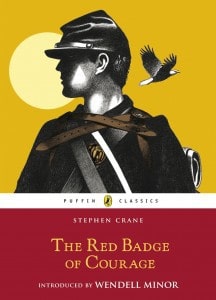 7) The Red Badge of Courage, by Stephen Crane
7) The Red Badge of Courage, by Stephen Crane
One of the greatest war novels ever written, Stephen Crane’s The Red Badge of Courage is set during the Civil War and follows the story of a private who flees from his regiment during battle and longs to earn a mortal wound (a red badge of courage) to offset the shame he feels. The novel is notable for its realistic depictions of war and its focus on Private Fleming’s internal conflict. Crane wrote The Red Badge of Courage when he was just 24.
8) The Scarlet Letter, by Nathaniel Hawthorne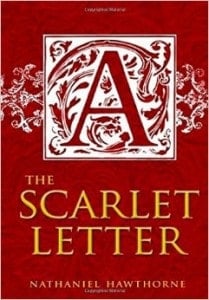
Written in 1850, Hawthorne’s magnum opus details the results of Puritan woman Hester Prynne’s affair and childbirth out of wedlock. Prynne is forced to wear the eponymous scarlet letter, an A for “adultery.” The novel deals with themes of sin, guilt, repentance, and human dignity. At the time of its publication, its subject matter was considered risqué.
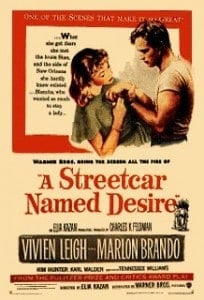 9) A Streetcar Named Desire, by Tennessee Williams
9) A Streetcar Named Desire, by Tennessee Williams
Tennessee Williams’s classic Southern Gothic play is set in New Orleans and follows the story of Blanche DuBois, a delusional woman who holds a dark secret. Blanche, in financial ruin, goes to live with her sister Stella and her sister’s swaggering Polish husband, Stanley Kowalski. The play’s about being a dreamer and romantic in a decidedly unromantic age. It’s absolutely worth reading, or, better yet, watching.
10) To Kill a Mockingbird, by Harper Lee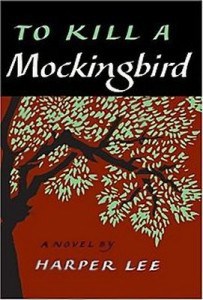
Published in 1960, To Kill a Mockingbird is a classic exploration of racial injustice and innocence in the American south. The novel’s protagonist, the lawyer Atticus Finch, has been held up as a model of integrity for lawyers. The book, despite its moral message, has often been challenged and banned for using racial epithets.
* * *
What are you waiting for? Grab a book and get reading!
For more reading lists and articles on SAT and ACT prep, check out the rest of our blog. Looking for SAT or ACT prep tutoring or classes? Contact us today!
